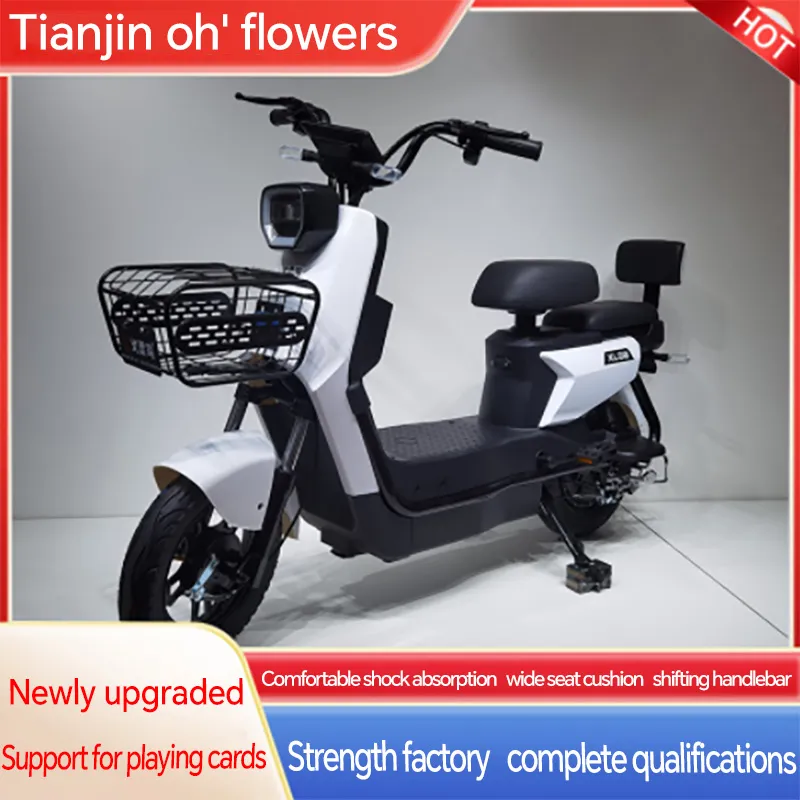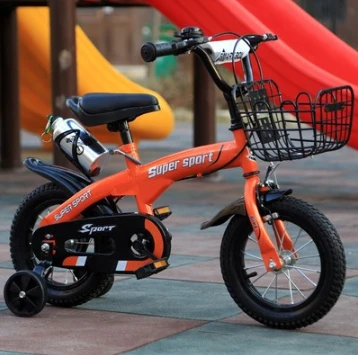Mar . 07, 2025 05:45 Back to list
27.5/29 "Color-Changing Carbon Fiber Mountain Bike 12 Variable Speed Mountain Bike Dirt Bike


When discussing the expertise behind electric shifters, it’s essential to acknowledge the technological innovation that brands such as Shimano and SRAM bring to the table. These industry leaders have invested years into research and development, creating systems that are not only efficient but also intuitive. Their dedication ensures that electric shifters remain cutting-edge, incorporating user feedback and technological advances to continually enhance performance. The authority of electric shifters on the market is underscored by their adoption among professional cyclists. In races where milliseconds matter, the importance of precise, reliable gear shifting cannot be overstated. Professional cyclists often attest to the advantages of electronic shifting systems, highlighting their contribution to better race performance. This endorsement from elite athletes bolsters the credibility and appeal of electric shifters to the wider cycling community. Trustworthiness in cycling products often builds upon the reputation of the brand and the consistency of performance. Users exploring electric shifters quickly realize that despite the initial investment, the long-term benefits include fewer adjustments, reduced maintenance costs, and a more enjoyable riding experience. Reliable performance and the reduction in manual adjustments mean more focus on the trail, fostering trust in the technology. For mountain bikers contemplating the switch from mechanical to electric shifters, the decision often boils down to the blend of performance, reliability, and the potential for enhanced riding pleasure. While the upfront cost may be higher, the technological benefits, reduced maintenance, and improved shifting precision make electric shifters an attractive investment for serious riders. As trail conditions continue to diversify and become more challenging, the precision and reliability offered by electric shifters not only meet but exceed the expectations of the modern cyclist. In conclusion, electric shifters for mountain bikes are more than just a technological trend; they represent the future of efficient and reliable cycling. By embracing this innovation, cyclists can enhance their riding performance, with a system designed for precision, durability, and control at their fingertips. The question for many isn't whether to adopt electric shifting, but rather when, as this technology continues its rise in the cycling world.
-
Discover Top E Bike Brand Insights, Specs & Future Trends | Yanline Bike
NewsNov.24,2025
-
Green E Bike – The Future of Sustainable Urban Mobility
NewsNov.24,2025
-
Ruffian eBike: Durable, Efficient Electric Bikes for Modern Mobility
NewsNov.23,2025
-
Comprehensive Guide to the Global E Bike Market and Future Trends
NewsNov.23,2025
-
Understanding Electric Bicycle Range: A Complete Guide for Smarter E-Bike Use
NewsNov.22,2025
-
Ceron Electric Bike – Efficient, Sustainable Urban Mobility Solutions
NewsNov.22,2025
-
Discover the Benefits and Innovations of Go Ebike | Sustainable Urban Mobility
NewsNov.22,2025




